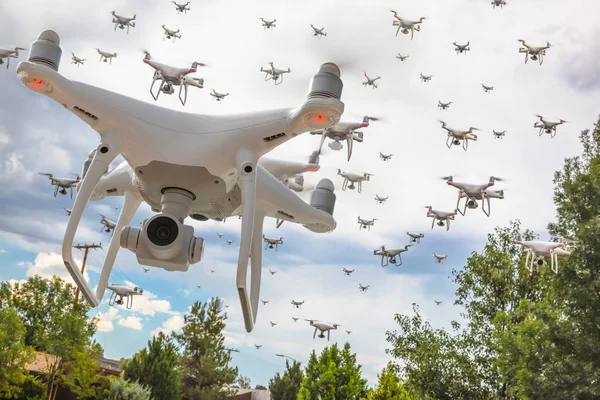
What is patience in combat repurposed as a coup de grâce? In May 2025, Ukrainian forces showed us exactly that capturing one pixel of a Russian tank and turning it into the destruction of an entire vehicle hub. The assault, mounted by the 225th Assault Regiment, was a greater than tactical victory; it was a masterclass in how drones, intelligence, and timing are redefining the battlefield today.
The operation was within the context of an irreconcilable conflict in which Ukraine and Russia have unleashed millions of drones into air, land, and sea. In these conditions, a synchronized attack can extend much further from the target itself, incapacitating the warfighting capability of the enemy as well as morale. The listicle aggregates the most convincing arguments about the operation and places them in their contexts within the broader schema of new drone warfare.
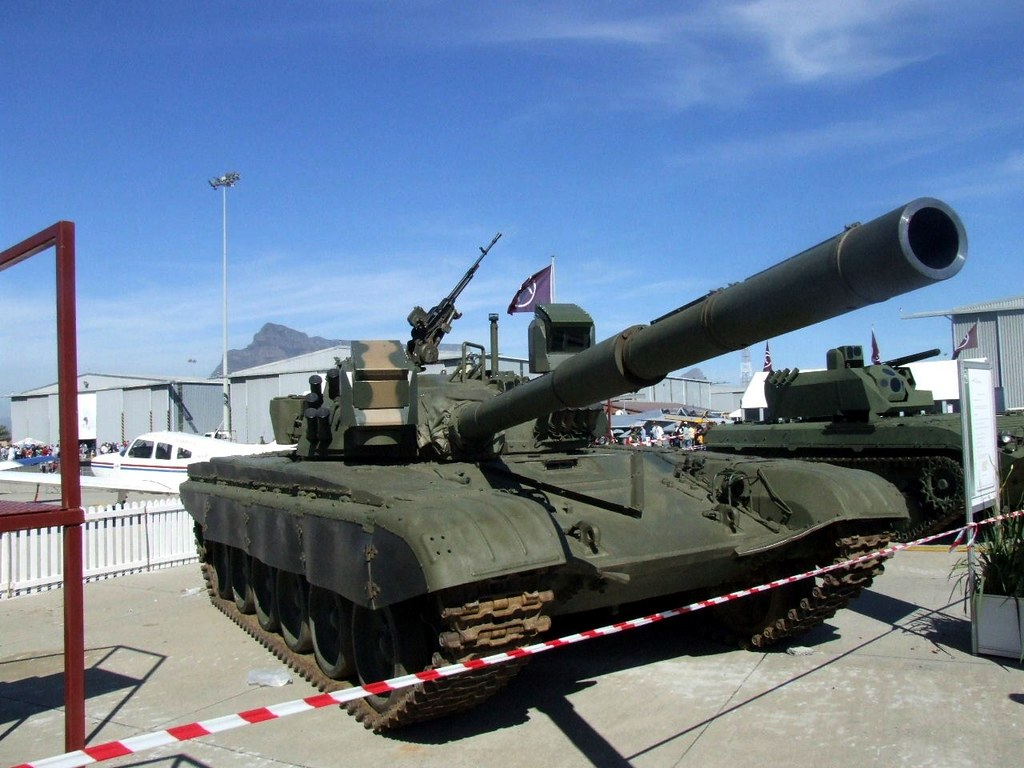
1. Following the T-72 to its Den
The operation began when a drone reconnaissance vehicle spotted a Russian T-72 tank in transit. Instead of firing, Ukrainian crewmen followed the vehicle as it drove into warehouse-style building within a tiny compound. Instead of shooting, trailing is proof of evolving battlefield priorities not just taking out specific equipment but those supply and operations centers supporting them.
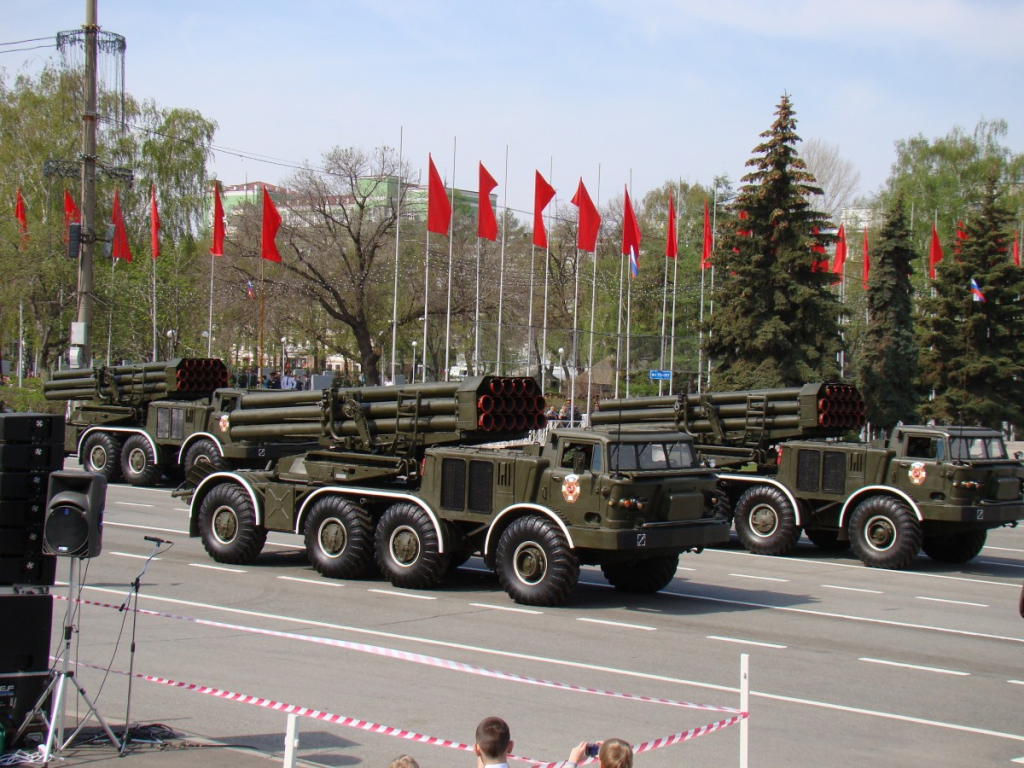
2. Russian Vehicle Hub Revealed
Videotape of the 225th Assault Regiment showed that two main buildings in the base had troops and equipment in front of them. A few of the equipment that was confirmed included a BMP-2 combat vehicle and three logistics vehicles. The Ukrainian troops bunched up a group of high-priority targets into one location by leading with the T-72.
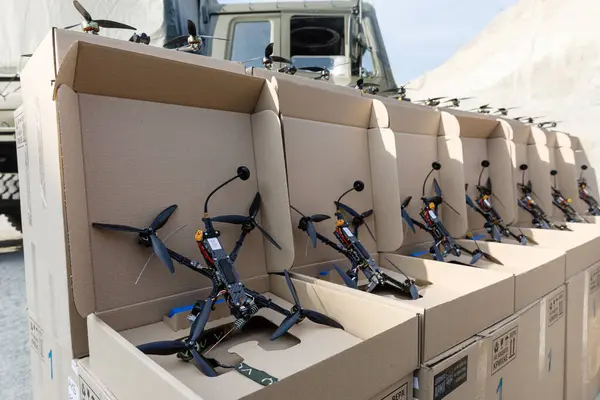
3. Sustained Drone Strikes from All Directions
Following the confirmation of the site location, the regiment’s ‘Alliance Division’ began a series of drone attacks. FPV drones came from multiple vectors, some targeting targets outside the facility, others entering the warehouse. The multi-vector attack made response difficult to thwart and doubled damage capability.
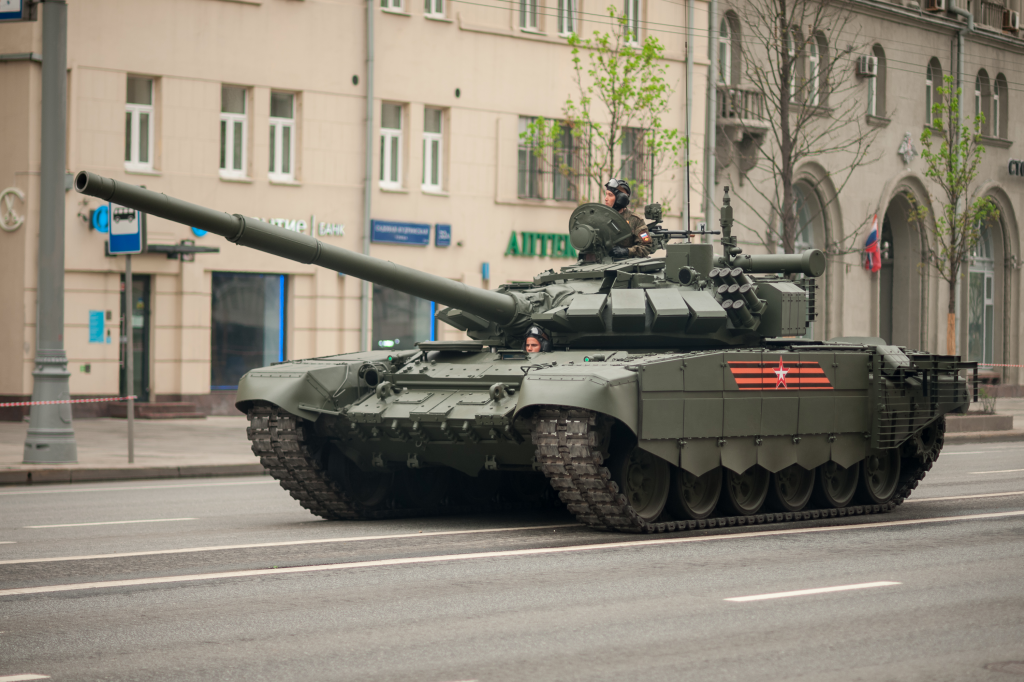
4. Penetrating the Warehouse for a Kill Shot
One of the FPV drones shot directly into the building and hit the T-72 from behind, exploding it and blasting part of the side of the building. A follow-up video captured a second drone finishing the job on the tank, but whether it was totally destroyed as opposed to just being knocked out is unclear. Indoor conditions enhanced the effects of the explosion, knocking things off the floor.
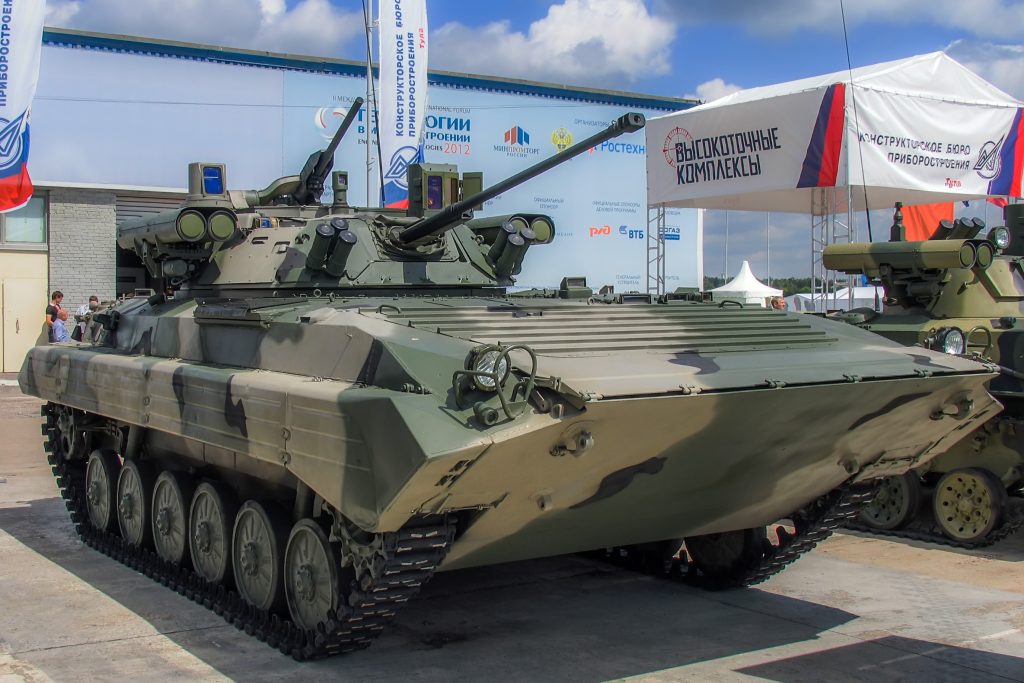
5. Demolition of the BMP-2 and Trucks Employed for Logistics
The BMP-2 outside of SQL warehouse was destroyed shortly after the tank. At least one logistics truck within was destroyed. The regiment put the combined damage at $4 million, a setback in a war where figures already sound staggering. CSIS statistics show that Russia has lost between two to five times as many armored vehicles as Ukraine since early 2024.
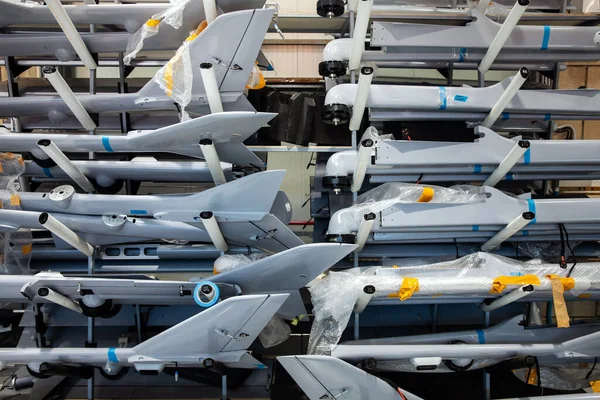
6. Drones as Attrition Warfare Force Multipliers
Even the limited attack illustrated how drones have altered the arithmetic of attrition. As Ukrainian commander Yurih “Achilles” Fedorenko aptly said, high-end unmanned warriors can “knock out their eyes” by knocking out enemy drone pilots, “cut off their sting” by killing strike drones, and sever logistics lifelines. In a battle in which Russia is advancing by about 50 meters per day in some sectors, such precision disruption can bring offensive operations to a halt beyond the zone of direct shock.
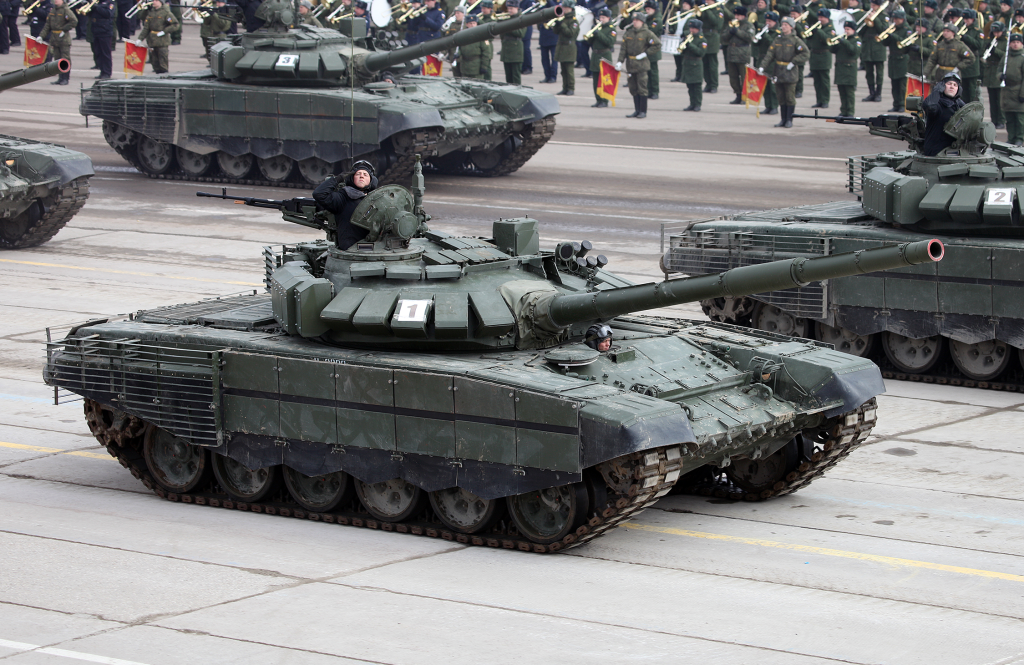
7. The Strategic Value of Patience and Precision
This operation is representative of a broader Ukrainian trend: evading attack in the short term and instead choosing strike by intelligence. By resisting the temptation to bull along and meet the T-72 head-on, operators introduced a one-shot target to a multi-million-dollar counter to enemy capability.
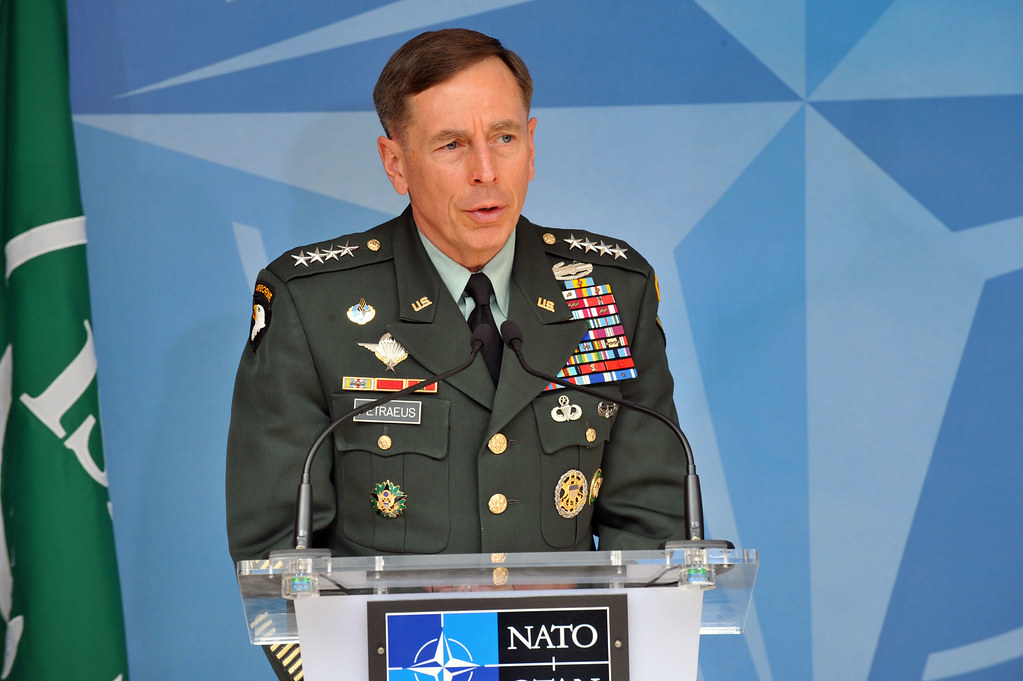
As retired U.S. General David Petraeus describes it, Ukraine’s drones aren’t simply advanced they are “bleeding edge,” at the edge of what low-cost, small systems can do against an even more advanced opponent. The May 2025 raid on the Russian motor depot was not just a successful mission; it was a freeze frame moment for the new generation of war.
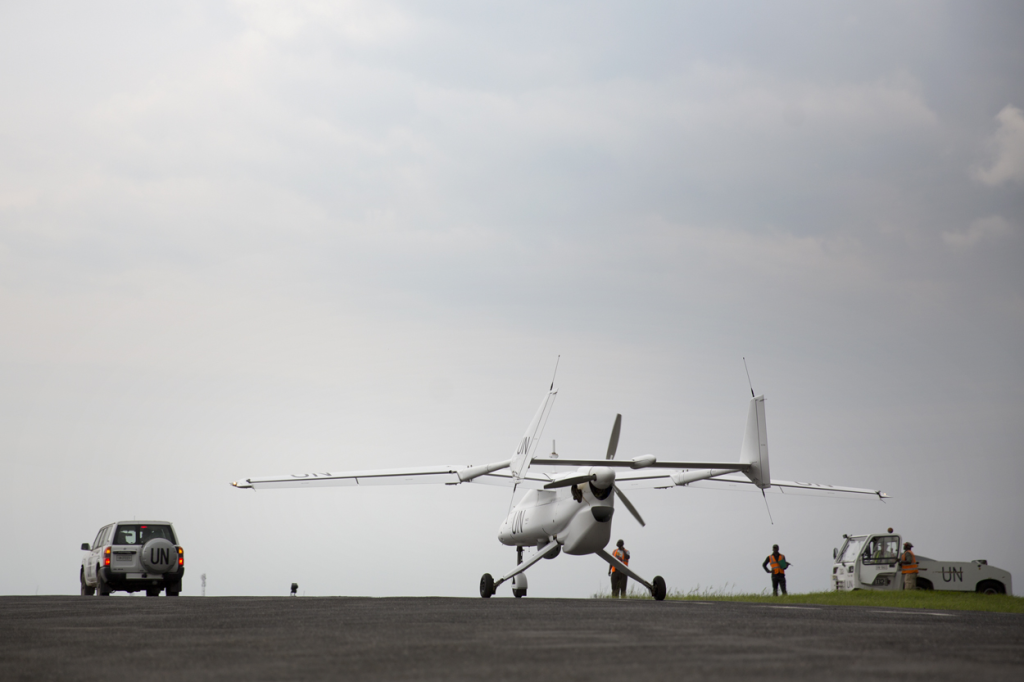
Precision, patience, and tactical employment of unmanned vehicles allowed the Ukrainian forces to generate disproportionate damage with minimal exposure on their side. In an attrition war and technological revolution, these campaigns look forward to how equilibrium can be altered not through landslide attacks, but through precision attacks wearing remorselessly thin the enemy’s will to fight.

